When and How to Save Business Receipts with Today's Technology
In the modern digital world, managing business receipts has evolved, making it easier and more efficient to store and organize financial records. Transitioning from paper to digital receipts is not only environmentally friendly, but also enhances the accuracy and accessibility of your financial data. Here are some tips and tricks to know when saving business related receipts is important, and how to do so in a safe and responsible way:
When to Save Receipts:
- Immediately After Transactions: As soon as you complete a business transaction, take a moment to capture a digital copy of the receipt. This ensures that the receipt is saved promptly and reduces the risk of losing it. It is much easier to save a receipt immediately, than going back later on to find one.
- Daily or Weekly Routine: Establish a regular schedule for updating and organizing your receipts. This habit helps you stay on top of your finances and prevents a backlog of unrecorded expenses. A couple minutes a day or week will help reduce your stress later on by having everything organized in one place.
How to Save Receipts:
- Use Receipt Scanning Apps: Leverage modern technology by using the receipt scanning apps that are widely available. These apps allow you to quickly snap a photo of your receipt, which is then converted into a digital format and stored securely. Many of the available apps also offer features like automatic categorization and integration with accounting software.
- Cloud Storage Solutions: Store your scanned receipts in cloud storage services like Google Drive, Dropbox, or OneDrive. These platforms offer secure and accessible storage solutions, ensuring that your receipts are backed up and can be accessed from anywhere.
- Integrate with Accounting Software: Many receipt management tools can integrate directly with your accounting software. This integration streamlines the process of tracking expenses, generating reports, and preparing for tax season.
Benefits of Digitizing Receipts:
- Enhanced Organization: Digital receipts are easier to categorize and search, making financial management more straightforward.
- Improved Accuracy: Automated data entry reduces the risk of human error associated with manual entry of receipt information.
- Time Efficiency: Digital tools save time by automating repetitive tasks and allowing for quick retrieval of records.
- Compliance and Auditing: Digital receipts are often accepted by tax authorities and auditors, providing a clear and organized record of business expenses.
By adopting these practices, businesses can streamline their financial processes, reduce the clutter of paper receipts, and ensure that all financial data is accurately recorded and easily accessible.
THIS ARTICLE IS FOR GENERAL INFORMATION PURPOSES ONLY. BUSINESS FINANCIALS, INC. (BFI) IS NOT ISSUING SPECIFIC FINANCIAL OR TAX ADVICE. PLEASE CONSULT WITH A LICENSED FINANCIAL PLANNER, TAX ATTORNEY, OR ACCOUNTANT FOR ASSISTANCE WITH YOUR SPECIFIC SITUATION. IF YOU NEED HELP, WE INVITE YOU TO CONTACT US. WE WILL BE HAPPY TO MAKE RECOMMENDATIONS OR REFER YOU TO A LICENSED PROVIDER WHO MAY BE BEST SUITED FOR YOUR SITUATION.
Sources:
Small Business Receipts: Pros & Cons to Digitizing Receipts (shoeboxed.com)





